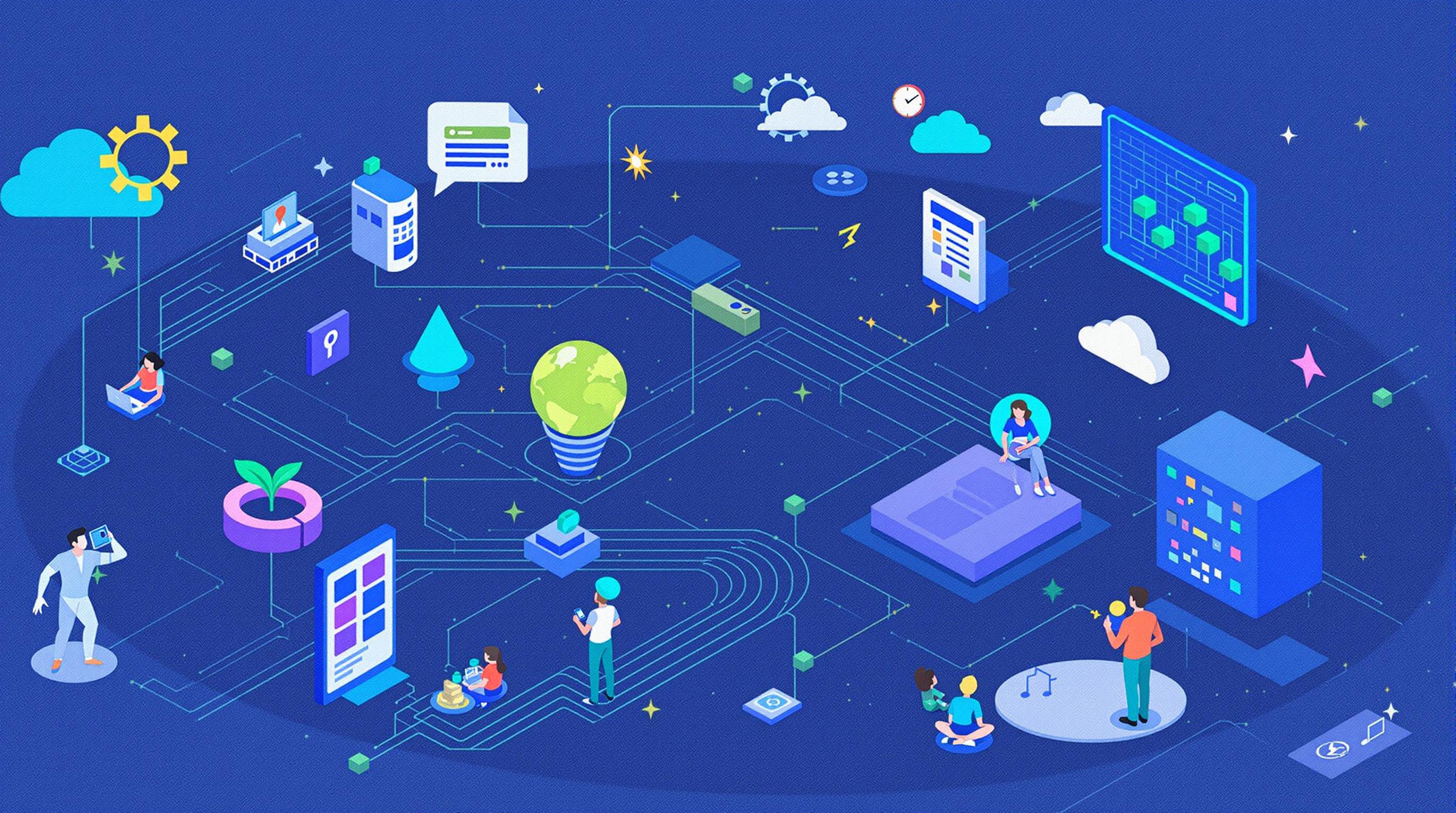Related Articles
- Unconventional Wisdom: Exploring Surprising Influencers Shaping Consumer Trends in 2023's Niche Ecosystems
- Beneath the Surface: Discovering the Unlikely Impact of Micro-Communities on 2023's Consumer Landscape
- Unexpected Catalysts: Exploring the Surprising Forces Influencing Subculture Trends in 2023
- Unmasking Influences: The Unlikely Narratives Behind Today's Obscure Market Trends and Consumer Choices
- The Paradox of Generosity: How Giving Can Lead to Unexpected Financial Gains in Competitive Markets
- The Unexpected Cost of Silence: How Communication Gaps Drain Resources in Organizations
8 Intriguing Benefits of Serverless Architectures That Will Transform Your Business Models and Elevate User Experiences
8 Intriguing Benefits of Serverless Architectures That Will Transform Your Business Models and Elevate User Experiences
8 Intriguing Benefits of Serverless Architectures That Will Transform Your Business Models and Elevate User Experiences
1. Cost Efficiency
One of the most compelling benefits of serverless architecture is its cost efficiency. Traditional server infrastructures require significant capital investment and ongoing maintenance costs. In contrast, serverless models operate on a pay-as-you-go basis, meaning businesses only pay for the compute power they consume.
This model eliminates wasted resources associated with idle servers, as users are billed solely for actual usage time and resources. The financial benefits can be particularly transformative for startups and small businesses, allowing them to allocate budget towards innovation and growth rather than infrastructure.
Moreover, cloud service providers manage the underlying servers, reducing overhead costs related to staffing and maintenance. This shift allows companies to scale better and conserve capital for other strategic initiatives, thereby promoting operational agility.
2. Enhanced Scalability
Serverless architectures naturally offer enhanced scalability, accommodating fluctuations in demand without manual intervention. As user interactions surge, serverless services can effortlessly scale up to handle increased workloads, and conversely, they scale down during quieter periods.
This seamless scaling process is managed by cloud service providers, who automatically allocate resources as needed. This capability ensures optimal performance and user experience during peak times, which is crucial for businesses that operate in highly dynamic environments.
The scalability provided by serverless architectures means businesses can easily adjust their offerings without the risk of overprovisioning or underprovisioning resources, thus improving overall operational efficiency.
3. Improved Developer Productivity
Serverless architecture can significantly enhance developer productivity by allowing teams to focus on writing code rather than managing infrastructure. With serverless, developers no longer need to configure or manage servers, which streamlines the development and deployment processes.
This increased focus on core development activities enables faster time-to-market for new features and applications. Additionally, updates and deployments become more efficient, as developers can make changes seamlessly without worrying about the underlying infrastructure.
Moreover, by adopting a microservices approach with serverless functions, teams can work independently on different components, fostering improved collaboration and innovation across development teams.
4. Better User Experiences
Serverless architecture significantly contributes to better user experiences by providing fast and reliable access to applications and services. With the ability to scale resources automatically in response to real-time demand, user requests are handled faster, reducing latency and load times.
Additionally, by deploying applications across multiple regions through cloud providers, serverless architectures enhance availability and responsiveness, ensuring that users have a seamless experience regardless of their location.
As a result, businesses can maintain high customer satisfaction levels, fostering loyalty and encouraging repeat business due to improved service reliability and performance.
5. Increased Security
Adopting serverless architectures can bolster security measures for businesses. Cloud service providers implement rigorous security protocols, including encryption, authentication, and monitoring, which benefit all tenants using the infrastructure.
Furthermore, serverless architectures often isolate functions in a way that reduces the attack surface. This isolation minimizes the risk of vulnerabilities, ensuring robust security for individual components, thus protecting sensitive data.
However, it's crucial for businesses to remain proactive about their security practices, as shared responsibility still dictates that organizations must implement security best practices within their serverless applications.
6. Prototyping and Experimentation
Serverless architectures empower organizations by enabling rapid prototyping and experimentation. With minimal setup costs and a simplified development cycle, teams can quickly create and iterate on new ideas without significant investment.
This flexibility allows companies to test various functionalities and features, gathering user feedback more effectively. The ability to deploy and roll back changes easily promotes a culture of innovation, where teams are encouraged to experiment.
Consequently, businesses can identify successful features faster and pivot if necessary, ensuring they stay aligned with user needs and market trends, which is critical for competitive advantage.
7. Automatic Scaling and Management
One of the standout features of serverless architectures is automatic scaling and management. With traditional infrastructure, businesses need to predict demand and provision resources accordingly, often leading to overprovisioning or resource shortages.
Serverless architectures automate the scaling process, allocating or deallocating resources in real time based on demand. This capability ensures that applications perform optimally without the need for manual interference, providing a more efficient operational model.
This automatic management not only enhances reliability but also frees up technical teams to focus on strategic initiatives instead of routine maintenance, ultimately leading to a more agile and responsive organization.
8. Environmental Sustainability
Serverless architectures can contribute to environmental sustainability efforts by optimizing resource use. Traditional server infrastructures often lead to wasted energy due to idle resources, whereas serverless models only utilize what's necessary during active workloads.
By leveraging shared resources in the cloud, serverless architectures can significantly reduce carbon footprints associated with computing. Many cloud providers are also committed to sustainability initiatives, utilizing renewable energy and implementing energy-efficient technologies.
This not only aligns with global sustainability goals but also allows businesses to promote their environmentally responsible practices to customers, creating an additional layer of brand loyalty and integrity.





